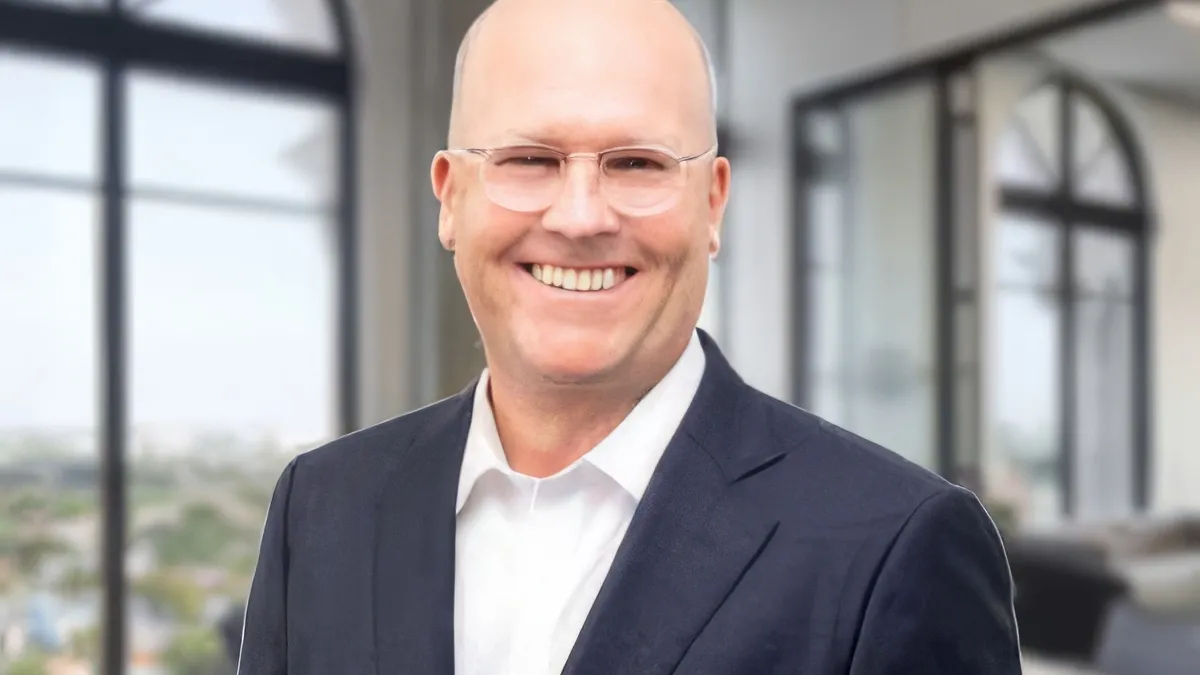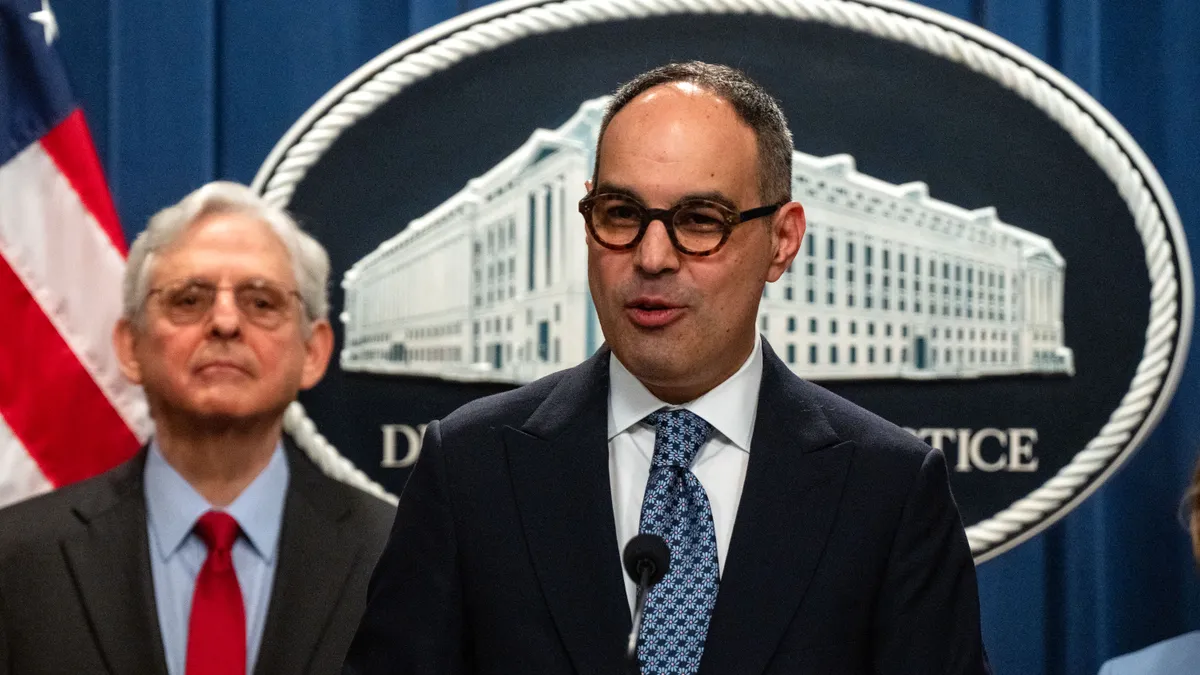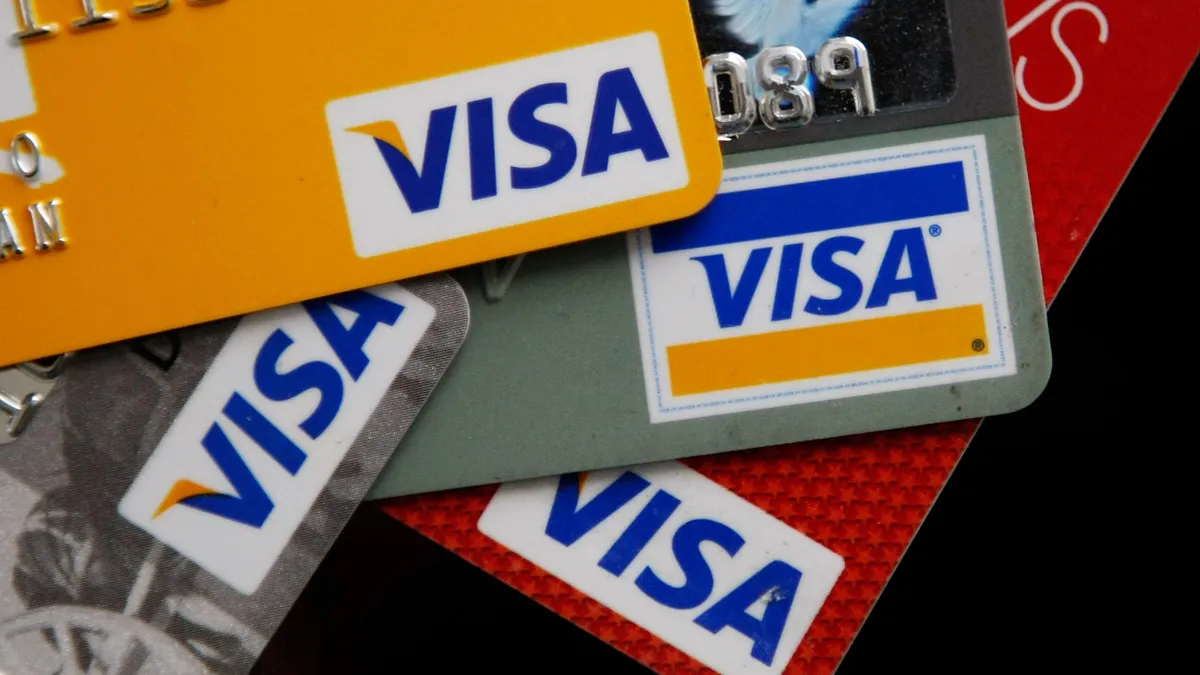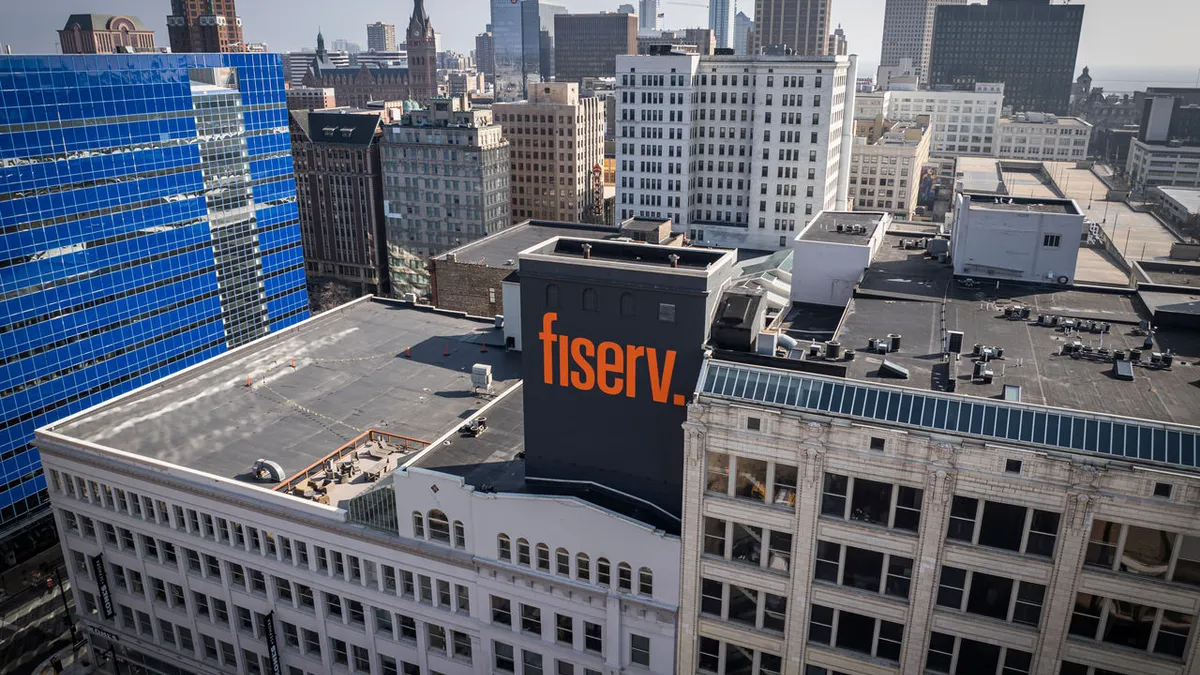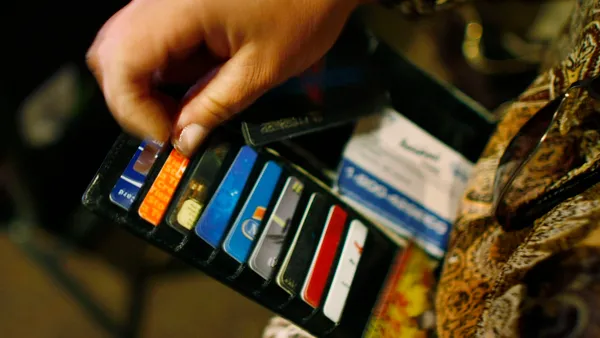Adoption of the new FedNow real-time payments system by banks will be a slow process, but it will transform U.S. payments, both for consumers and businesses, ACI Worldwide CEO Thomas Warsop predicted in a conversation with Payments Dive. Ultimately, it will also have a major impact on cross-border payments too, he said.
Coral Gables, Florida-based ACI was instrumental in working with the Federal Reserve to launch the new instant payments system last year and has worked with such systems in other parts of the world. Warsop was appointed to ACI’s top post last year just before the launch of FedNow in July.
In this conversation, Warsop provides his take on whether the U.S. lags other countries with respect to digital payment advances and how it will embrace such offerings in the future.
Editor’s note: This interview has been edited for clarity and brevity.
INDUSTRY DIVE: How do you think the roll-out of FedNow is progressing?
THOMAS WARSOP: The Fed has done a great job of marketing that now. Almost everyone I talk to, no matter what they do for a living or where they live, they know what FedNow is. So that's pretty impressive, honestly, because some other programs, there are other real-time programs in various places in the world where people don't know much about them at all.
I haven't seen any published payments volumes yet. I expect, and I've been very consistent on this, that volumes will be pretty low for a while as, first of all, the financial institutions get signed up, and then there's going to have to be a ramp-up of understanding, more education for consumers and commercial users. And so I think it will be a couple of years before we see very large volumes.
How does that compare with what you’ve seen in other parts of the world?
India is the largest real-time payments market in the world, with UPI. I think it had over 120 billion transactions, plus or minus a couple billion, in 2023. So, it’s a very large market. It grew quite rapidly. Pix in Brazil is another very large one that grew probably even faster. But a couple of things happened in those countries that we don't have here, including the central bank mandating the use of real-time payments. And so that, obviously, is a big driver. But the other thing is the percentage of the population that is underbanked (that uses the systems). And one great thing about real-time payments is that it helps a lot. We can see it very clearly. There's a high correlation between the use of real-time payments with people that might be underserved by traditional banking. You can't see it in the United States because you just don't have enough experience yet. I would imagine it will be true, but I cannot say positively that it is because we just don't have any data.
FedNow competes with the only other U.S. real-time payments system, The Clearing House’s RTP network. Do you think they will continue to coexist or will one disappear eventually?
It could happen but I think it will be all about interoperability. The important thing is, if I have an account someplace where I have access to the RTP rails, and you have an account, where it's the FedNow rails, I need to be able to send you money or request money from you. If I can't do that, that's going be a big problem, and that will create a lot of pressure to say, “Wait, we got to fix this and have only one,” but technologically, it's not a big deal because the payment standards are very clear.
Is the U.S. falling behind the rest of the world in adopting digital payments schemes more generally?
The United States is the most advanced economy in the world. It functions well, payments function well. Sometimes it seems like the United States is behind, but I think part of the reason is that it's not broken. The system works well. And so there's no crisis, no driving need to change.
Whatever changes need to happen, consumers will drive it. If they want something, it'll happen. The financial institutions can do it. We can do it. There are a lot of things where the technology is not the problem. For instance, with real-time payments, it would be no problem at all for us to allow merchants, say a restaurant, to accept a real-time payment. That's not a problem at all. But the restaurant isn't ready for that. The consumers aren't ready for that. And so it's not the technology. It's not the infrastructure. There are more regulatory things that probably have to get ironed out, especially with cross-border payments, and then there's education for consumers and merchants to realize, “Hey, this actually a good thing we should have.”
Should the U.S. government be pursuing a central bank digital currency and is there a risk to not doing so?
If our leaders, and our economy, don’t keep up with the times and what consumers want, clearly that is a risk. I think as the most advanced economy in the world and the most productive economy in the world, I can't imagine a scenario where we would allow that to happen because we have the tools. It’s just a matter of whether we're going to implement them, how are we going to use them, how are we going to make sure they’re good for our economy.
What else should we all be paying attention to in payments this year?
What I think is the big deal with real-time payments is cross border. We're starting to see some green shoots in cross-border payments and that it is now possible in a very limited way to use Pix, the Brazilian real-time solution, in Argentina. It's very limited. It's kind of hard to do, but it's possible. In Asia, there are four or five real-time payments schemes that can be used cross-border now. So, you're starting to see these things happen and so far it's been in sort of bilateral agreements, two countries or in the case of Asia, four or five have come together. I think over time, you're going to see that continue to expand and I think this is one of the most important things about FedNow because almost all of the largest bilateral trade occurs with the United States on one side or the other. In India, the largest source of money coming into India is the United States. Mexico, same thing. So you have people come and work, they want to send money back to their family. So, that is going to get really cool.



